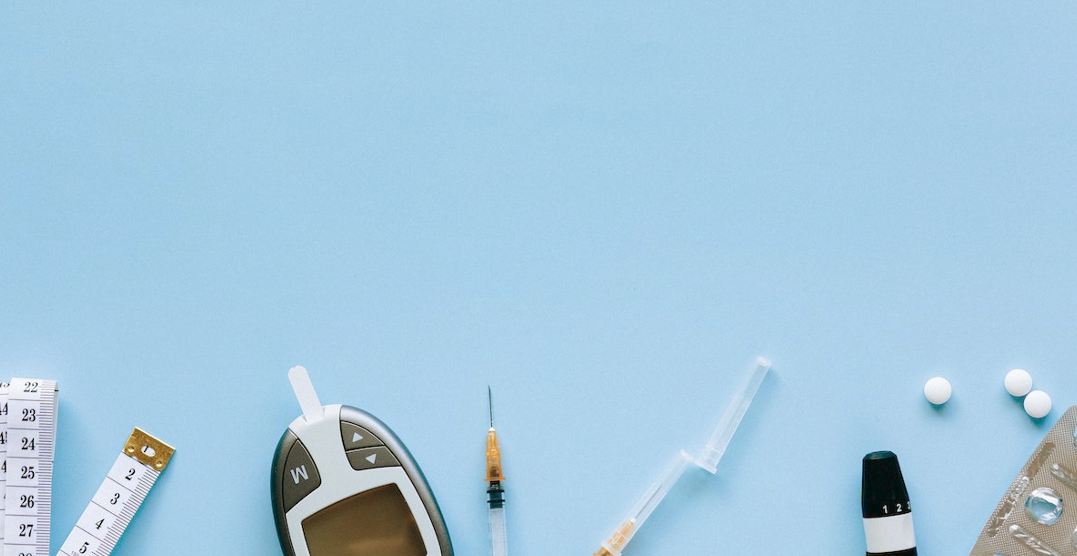In this post, we’ll give you an overview of how an insulin pump works and how it helps people with diabetes to manage their disease.
What is an insulin pump?
An insulin pump is a small, battery-operated device that can be worn on the outside of clothing or carried in a pocket. It’s connected to an infusion set, which is a thin tube that’s inserted into the fatty tissue just under your skin and attached to a needle. The pump delivers insulin through this tube at regular intervals throughout the day and night.
How does an insulin pump work?
An insulin pump is a device that delivers insulin through an infusion set. It has a small reservoir of insulin and a flexible tube to carry the fluid from this reservoir to the infusion site in your body. The pump can be programmed to deliver insulin at various rates, depending on how much you need and when you need it.
The pump uses a reservoir of fast-acting (bolus) insulin stored in the pump and programmed into it by you or your healthcare professional (HCP). This bolus delivery is used for meals or snacks throughout the day, where needed.
What features make up the different parts of an insulin pump?
An insulin pump is a small device that delivers insulin in a continuous, steady stream. The pump is attached to a thin tube known as an insulin pump infusion set. As per the experts at Tandem Diabetes, “Finding the right infusion set is an important part of successful insulin pump therapy.” This set is inserted either under the skin or into the abdominal cavity and allows for convenient delivery of insulin throughout the day. Pumps come with many features, including:
- A reservoir (the part where you put your insulin)
- A button that can be pressed to manually deliver a dose of insulin whenever needed
- A display screen that displays information about your current setting, such as basal rates and bolus doses
What are the benefits of an insulin pump for diabetes?
Let’s take a look into the benefits of using an insulin pump for diabetes:
- The pump helps reduce the risk of hypoglycemia.
- The pump helps reduce the risk of diabetic ketoacidosis, a life-threatening condition that occurs when blood sugar levels rise extremely high.
- It makes it easier to manage diabetes by providing more flexibility and freedom for people with diabetes who are trying to control their blood sugar levels.
- Pump users can still use insulin injections if they need them, but using a pump has many benefits: it’s easy to program, easy to check your glucose readings and adjust your insulin doses on the fly, and it can be worn discreetly under clothing (no more poking yourself), so you don’t feel like you’re being watched or judged by those around you – especially important if you’re in public often!
- Pumps also offer added convenience when traveling or on vacation; no need for injection supplies every time you leave home!
An insulin pump is a great tool for people with diabetes who want more freedom and control over their health. It gives them the ability to make adjustments on their own time and in a proactive way that can help reduce complications from their condition.
